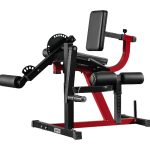Isometric Exercises Breakthrough: 5 Essential “Stretches” Every Older Adult Should Start Today
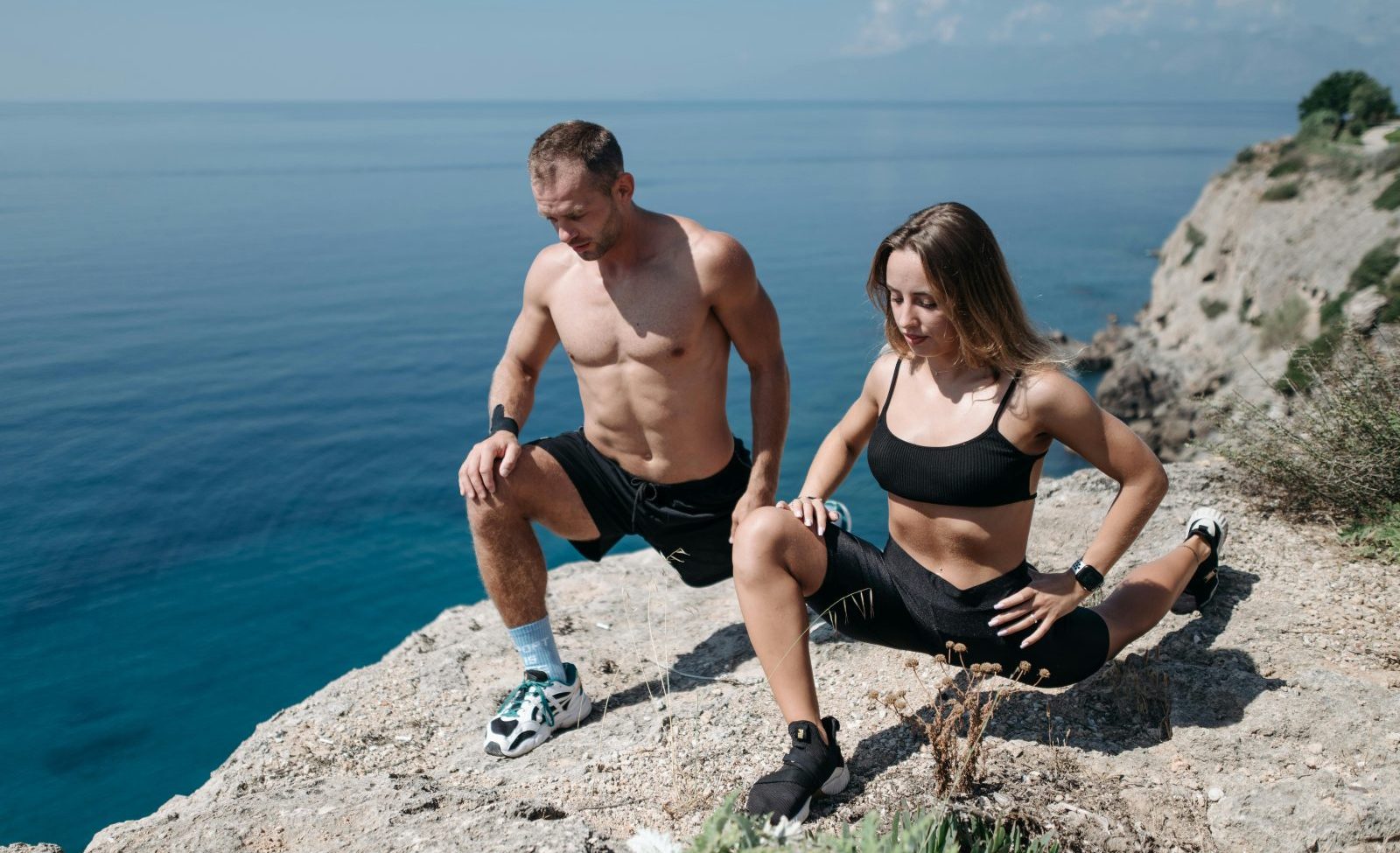
Isometric Exercises Breakthrough: 5 Essential “Stretches” Every Older Adult Should Start Today.
A strong body isn’t reserved for athletes. It’s built—slowly, safely—by consistent, joint-friendly work. That’s why isometric exercises are having a moment, especially for adults 50+. They deliver strength, stability, balance, and pain-smart training without jumping, twisting, or heavy weights. In this guide, you’ll learn five practical “isometric stretches” (longer holds with gentle muscle tension) you can start today, plus a 4-week plan, common mistakes to avoid, and a simple Amazon tool that makes isometric exercises even easier at home.
Medical note: The ideas below are educational and low-impact, but they’re not medical advice. If you have a condition or recent surgery, talk with your clinician before starting isometric exercises.
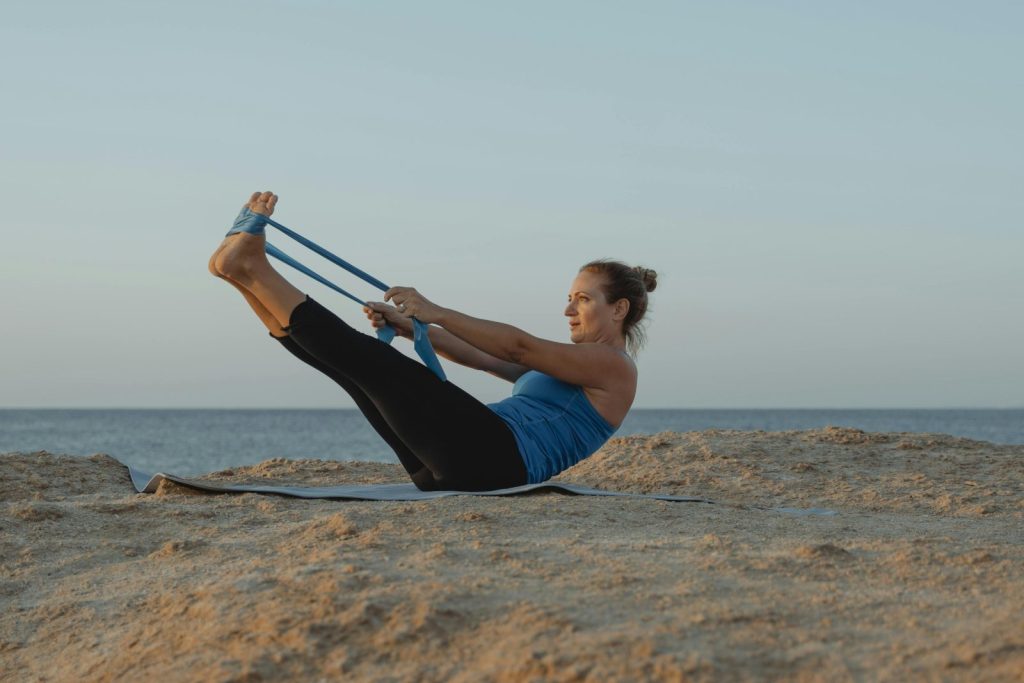
Why isometric exercises are a game-changer after 50
Isometric exercises strengthen muscles by creating tension without moving the joint. You hold a position, breathe, and let the muscle do its quiet work. For older adults, that means:
- Low joint stress while still training the muscle and tendon.
- Better stability & balance because holds teach your body to control position.
- Time-efficient practice—most holds last 10–45 seconds.
- Scalable difficulty—increase time, tension, or leverage without heavy weights.
The “problem” many older adults face is a cycle of soreness, fear of moving, and losing strength. Isometric exercises break that cycle gently: you train in a pain-smart range, build confidence, and gradually expand what your body can do.
The 5 must-do isometric “stretches” for older adults
Below are five foundation moves. Together, they train the quads, hamstrings, glutes, calves, core, and posture the exact areas that help you climb stairs, get out of chairs, carry groceries, and walk with confidence. We’ll call them “stretches” because they feel like long holds, but each is truly an isometric exercise that builds strength and mobility at the same time.
Breathing cue for all five: inhale through the nose, exhale gently through the mouth without holding your breath. Avoid “bearing down” (the Valsalva maneuver).
1) Wall-Sit Hold (Quads & Core)
Why it matters: Strong quads protect the knees and make standing, sitting, and stairs easier. A wall-sit is one of the simplest isometric exercises for leg strength.
How to do it
- Stand with your back to a wall, feet shoulder-width and ~18–24 in (45–60 cm) from the wall.
- Slide down until knees and hips are bent (aim for a chair-height position).
- Press your low back and shoulders into the wall, arms relaxed at sides.
- Hold 10–30 seconds, breathing steadily.
- Push through heels to stand. Rest 30–45 seconds. Repeat 2–4 times.
Make it easier: Keep hips a little higher than knees (a partial squat).
Make it harder: Hold 45–60 seconds or add a light weight in your hands.
Common mistake: Knees collapsing inward. Track knees in line with toes.
2) Seated Quad-Set (Knee Stability)
Why it matters: Quad activation supports the knee cap’s tracking and reduces that “wobbly” feeling on stairs. A quad-set is among the most joint-friendly isometric exercises you can do.
How to do it
- Sit tall on a chair. Place a rolled towel behind the knee.
- Gently press the back of your knee down into the towel while “pulling up” the kneecap.
- You’ll feel the thigh muscle tighten without moving the joint.
- Hold 5–10 seconds, breathe, relax for 5 seconds.
- Do 10–15 reps per leg; rest and repeat for 2–3 sets.
Make it easier: Use less pressure.
Make it harder: Hold 15 seconds, or dorsiflex (pull toes up) during the hold.
Common mistake: Holding the breath. Keep exhaling gently throughout isometric exercises.
3) Glute Bridge Hold (Hips & Back-side Support)
Why it matters: Strong glutes stabilize the pelvis and back. This is one of the best isometric exercises to regain hip strength without compressing the spine.
How to do it
- Lie on your back, knees bent, feet hip-width.
- Gently tuck your tail (posterior pelvic tilt), then press through heels to lift hips.
- Squeeze glutes and lightly brace the abs.
- Hold 10–30 seconds, breathe quietly.
- Lower slowly. Rest 30 seconds. Repeat 3–5 times.
Make it easier: Shorter hold or pillow under head.
Make it harder: March your feet slowly while maintaining the bridge, or move to a single-leg hold (8–12 seconds).
Common mistake: Over-arching the low back. Keep ribs down, glutes doing the work.
4) Standing Calf Raise Hold (Balance & Ankle Strength)
Why it matters: Strong calves improve push-off and balance. This is a simple isometric exercise that also challenges foot stability.
How to do it
- Stand near a wall or counter for light support.
- Rise onto the balls of your feet, weight equal across big toe and little toe.
- Hold 10–20 seconds, keeping ankles tall and steady.
- Lower with control. Rest 15–30 seconds. Repeat 3–5 times.
Make it easier: Keep two fingers on a counter for balance.
Make it harder: Single-leg hold (8–12 seconds per side).
Common mistake: Rolling to the outside of the foot. Keep pressure centered.
5) Isometric Hamstring Chair-Drive (Back of Thigh & Knee Support)
Why it matters: Hamstrings protect the knee and assist hip extension. This “drive” is one of the most accessible isometric exercises for older adults.
How to do it
- Sit tall on a chair with one heel lightly planted on the floor in front of you.
- Without sliding the foot, pull the heel backward into the floor as if trying to bend your knee (the chair blocks movement).
- You’ll feel the back of the thigh contract strongly.
- Hold 5–10 seconds. Relax 5 seconds.
- Do 8–12 reps per leg, rest, repeat 2–3 sets.
Make it easier: Use very gentle tension.
Make it harder: Increase tension and hold 12–15 seconds.
Common mistake: Shoulders shrugging or breath-holding. Relax shoulders and breathe.
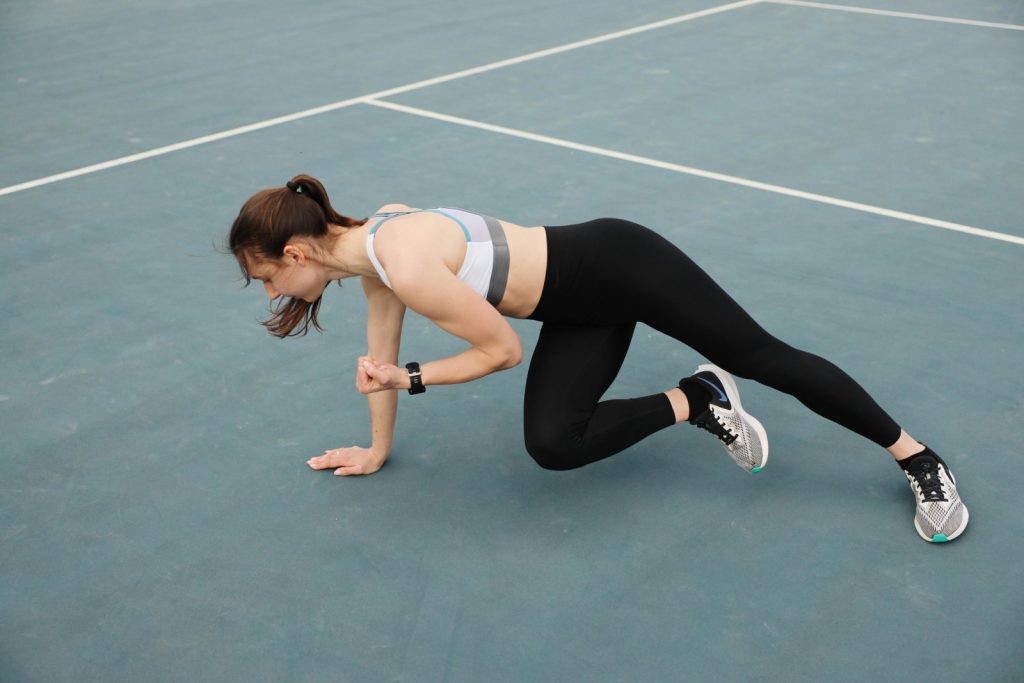
How to combine the five into a safe, effective 4-week plan
The best isometric exercises plan is simple, repeatable, and leaves you feeling better—not wrecked. Start with three days/week (e.g., Mon–Wed–Fri), alternating short holds and short rests.
Week 1 (Familiarization)
- Wall-Sit Hold: 3×15–20s
- Seated Quad-Set: 3×10 reps (5–8s each)
- Glute Bridge Hold: 3×15–20s
- Standing Calf Raise Hold: 3×10–15s
- Hamstring Chair-Drive: 3×8 reps (5–8s each/side)
Goal: clean form, easy breathing. If any hold feels sharp or pins-and-needles, reduce tension or time.
Week 2 (Consistency)
- Same sequence, but extend holds by ~5s and add 1 extra set to two exercises.
- Optional: one balance-only set—stand on one leg near a counter for 15–20s/side.
Week 3 (Progression)
- Wall-Sit: 4×25–30s
- Quad-Set: 4×12 reps (8–10s each)
- Bridge: 4×25–30s
- Calf Hold: 4×15–20s (try 1–2 sets single-leg)
- Hamstring Drive: 4×10 reps (8–10s each/side)
Week 4 (Confidence)
- Maintain Week 3 times; if you feel good, add one of the options:
- Longer hold (+5–10s) or
- More tension (push/pull a little harder without pain) or
- More leverage (e.g., single-leg bridge for 8–12s)
Key principle for all isometric exercises: Progress one variable at a time—time, tension, or leverage—not all at once.
Safety, pain-smart tweaks, and when to pause
- Breathe normally. Don’t hold your breath during isometric exercises (it can raise blood pressure temporarily).
- Use a pain scale: mild discomfort (≤3/10) that settles within 24 hours is acceptable; sharp or increasing pain is not.
- Stance matters: knees align with toes; shoulders down.
- Monitor dizziness: if you feel light-headed, stop, sit, and breathe.
- Medical red flags: chest pain, unexplained shortness of breath, sudden swelling, or calf pain—seek medical care.
Add gentle mobility around your holds
Isometric exercises pair beautifully with short mobility “snacks.” Between sets, try:
- Ankle circles x 10 each way
- Knee extensions (no load) x 10
- Hip rocks (on hands and knees) x 10
- Chest-openers against a wall x 20–30s
These keep joints lubricated and help your holds feel more like “isometric stretches.”
Make progress measurable (and motivating)
- Time log: Write the hold duration for each set.
- Tension scale: Rate effort 1–10; aim for ~6–7/10 most days.
- Balance bank: Note how long you can stand on one leg (eyes open) safely.
- Celebrate non-scale wins: easier stairs, steadier gait, better posture—these are the real reasons isometric exercises matter.
An Amazon tool that supercharges your isometric routine
If you want more variety without heavy weights, consider a compact, purpose-built isometric device such as the Bullworker Steel Bow (widely available on Amazon). It’s designed for isometric exercises with adjustable resistance, letting you perform chest squeezes, row holds, biceps/triceps contractions, and even leg adductor presses without joint shear. It stores in a closet, travels easily, and layers perfectly on top of the five holds you learned here. (You can also use light TheraBand-style resistance bands with a door anchor for budget-friendly isometric setups.)
How to integrate: On two days per week, add 2–3 upper-body isometric exercises using the device (15–30s holds × 3–4 sets), then keep your five lower-body holds. That’s a full-body plan in 15–25 minutes.
Troubleshooting—answers to common questions
“My knees feel uneasy during wall-sits.”
Raise the hips 2–3 inches so the knees are not at 90°. Keep heels under knees, toes slightly out. Use shorter holds first. Remember, isometric exercises should be challenging but not sharp or worsening.
“Can isometrics help if I have arthritis?”
Many people with osteoarthritis tolerate isometric exercises better than dynamic loading. Work in pain-smart ranges, keep holds shorter (5–15s) at first, and breathe. Discuss your plan with your clinician.
“What about blood pressure?”
Because holding your breath can spike pressure, always breathe rhythmically. Start with shorter holds and moderate effort. As with all exercise, if you have cardiovascular concerns, get your provider’s OK.
“Do I need weights?”
No. Your body, a wall, and a chair can deliver effective isometric exercises. If you enjoy tools, a small isometric device or bands add variety—but they’re optional.
H3: “How soon will I notice results?”
Consistency wins. Many feel steadier within 2–3 weeks and notice stronger legs by 4–6 weeks. Track your times and celebrate every extra 5–10 seconds you earn.
A realistic weekly template you can keep forever
Mon – Lower Isometrics (20 min)
- Wall-Sit Holds, Quad-Sets, Bridge Holds
Wed – Balance + Upper Isometrics (15–20 min)
- Single-leg balance, Calf Holds, 2–3 upper-body isometric exercises (device or bands)
Fri – Lower Isometrics (20 min)
- Hamstring Chair-Drives, Bridge Holds, Wall-Sits
Walk most days (10–20 min). Sprinkle 2–3 short mobility “snacks.” Keep all isometric exercises smooth, breathable, and progressive.
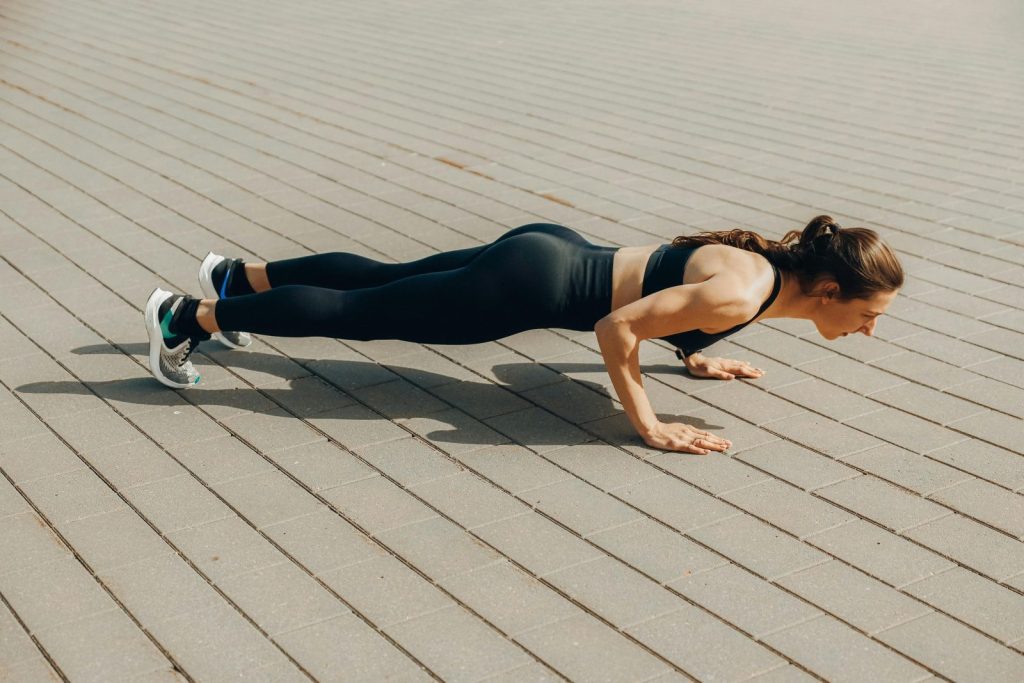
Words you can live by
Growing older is non-negotiable. Growing weaker is not. The right isometric exercises let you train smarter, not harder: less wear on the joints, more strength where it counts, and a routine that actually sticks because it’s short, safe, and satisfying.
Pick two of the five holds and do them today. Tomorrow, add the others. In a month, you’ll feel the difference every time you stand up, climb a step, or steady yourself on an uneven curb.
Keywords
isometric exercises, isometric exercises for seniors, isometric stretches, low impact workouts, joint friendly exercises, balance training for older adults, wall sit, quad sets, glute bridge hold, hamstring isometrics, home exercise plan, arthritis friendly workout, senior fitness at home, strength without weights
Disclaimer: This article is for general information only and does not substitute personalized medical advice. If you’re new to exercise, on new medication, or managing a condition, consult your healthcare professional before starting isometric exercises.
